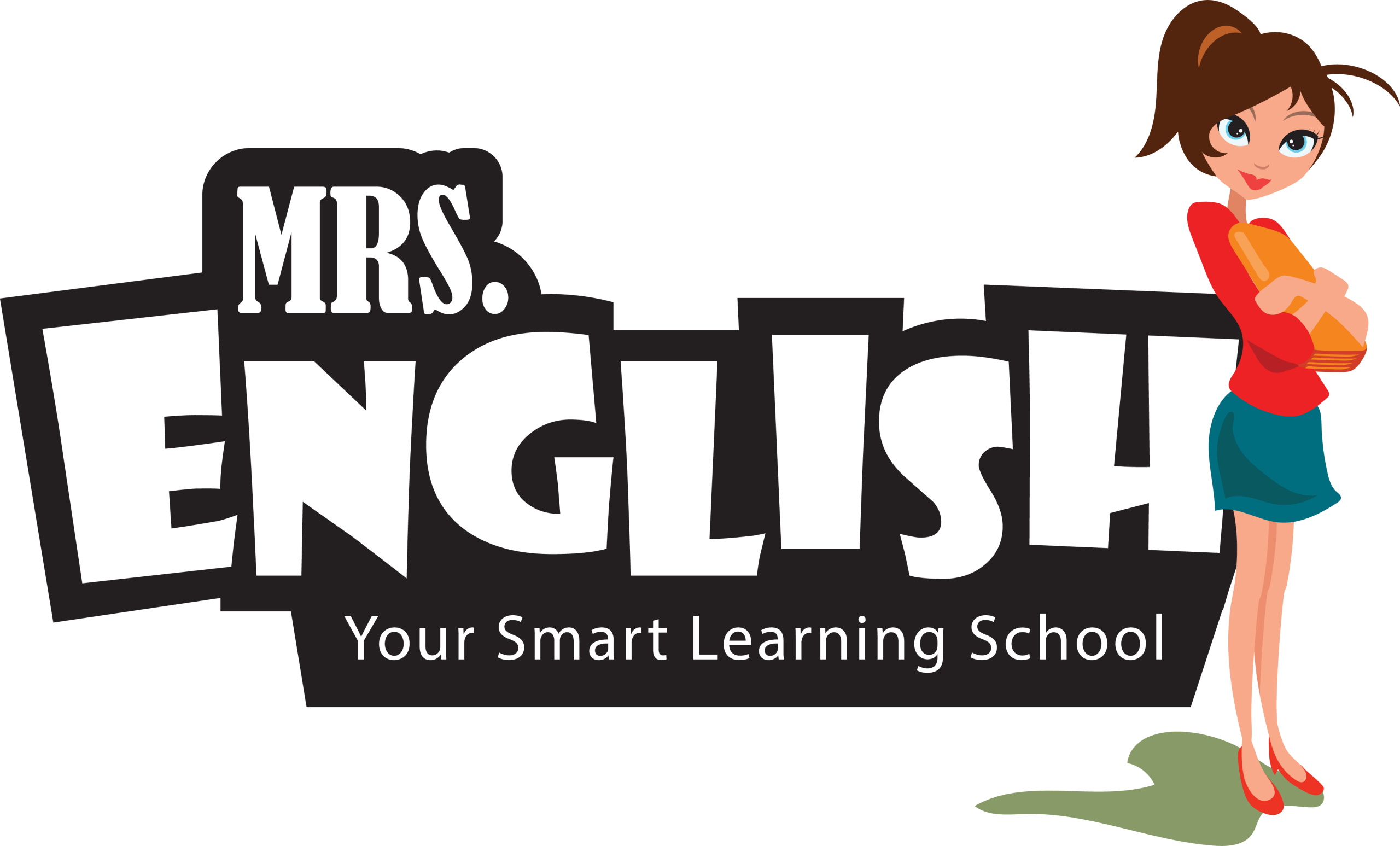Mrs EnglishFAQs






Many different factors affect the time it takes. These include your child’s age, first language, their reason for learning English and their teachers.
You can help your child learn quickly by giving them lots of opportunities to use English. It helps to have real reasons for using a language, rather than just studying grammar.
Yes. At early ages, girls tend to develop language more quickly. Remember that it’s OK for children to develop at different speeds. It will be more similar by secondary school age. However, by this stage children might think that languages are ‘more of a girl thing’. Attitudes to learning can have a big impact on educational success so it’s important to find ways to encourage your child and help them enjoy their learning.
Yes, there are differences.
Primary school children are learning their first and second languages at the same time. It’s really important to support both languages. Children with a strong foundation in their first language will find it easier to learn a second language.
Encourage your child to play, sing and read in both their first and second languages. Remember to plan separate times to focus on each language. If you say something in English and then in another language, your child will automatically listen for their stronger language and ‘tune out’ the other language.
Teenagers are interested in exploring their personalities and identities. This creates lots of opportunities to use popular culture, films, TV, music and video games. Teenagers also enjoy challenging authority, which provides opportunities for debates and discussion.
Multilingual children learn at a young age that they can express their ideas in more than one way. This helps their thought process and makes them better, more flexible, learners.
Research has found that children who speak more than one language do better in school, and have better memories and problem-solving skills.
There are four primary modes of learning: visual, audible, reading/writing, and kinesthetic. Many students use a combination of these styles, but most have a preferred style.
Choosing the appropriate study method makes all the difference in your child’s ability to comprehend (and remember) the material. By understanding your child’s learning style, you can select effective study methods that work in conjunction with rather than against their strengths.
Bear in mind that there is not always a single correct answer. Your child may fit into multiple categories of learning styles. The best way to determine how your child learns best is to experiment with several different methods and see which one works best!
Learn to love your mistakes
Children often worry about making mistakes, but mistakes are an important part of learning a language! Everyone makes mistakes – from beginners to advanced learners, and native English speakers.
In our official Speaking guidance we say, ‘don’t worry about making mistakes. Communicating is the most important thing!’ A child who communicates a lot and makes a few mistakes is much more likely to develop their confidence and skills than a child who communicates very little because they’re afraid to make mistakes.
In our school, we believe that all parents have an important role – even parents who are not confident with English. You can give your child the best support by being interested in their learning and giving them praise.
We encourage parents to adopt the idea that language learning is a non-stop process. Regular opportunities to use English at home will make a great deal of difference. For example, you could:
- read an English language bedtime story
- watch English language TV shows
- listen to English language music
- read English language news
- use educational apps on a tablet/mobile phone
- go shopping with an English language shopping list
- cook a meal with an English language recipe
- read a map and give directions in English
- play a board game in English
- record any English words you hear and see (add photos or pictures cut out of magazines)
- go on educational trips.
Try learning together – have fun on a shared journey to learn about the English language and culture.
Get Started Today

Ask Us Anything

